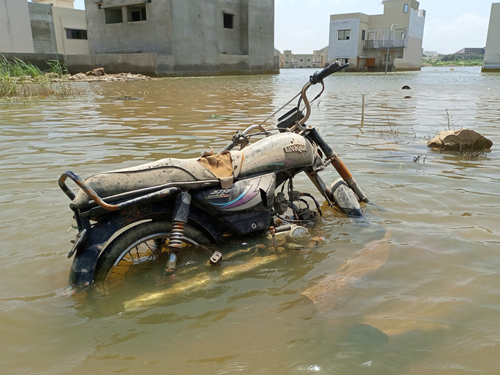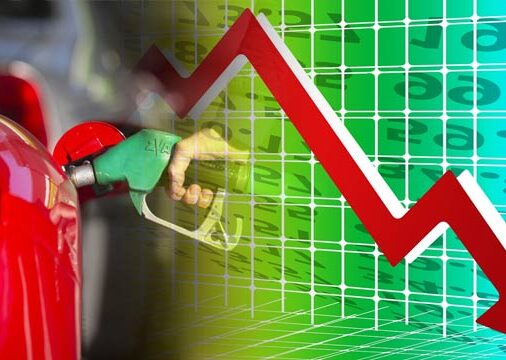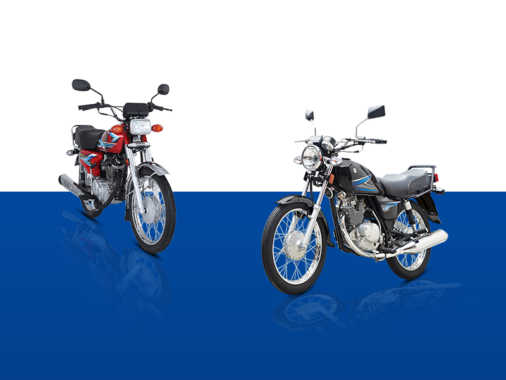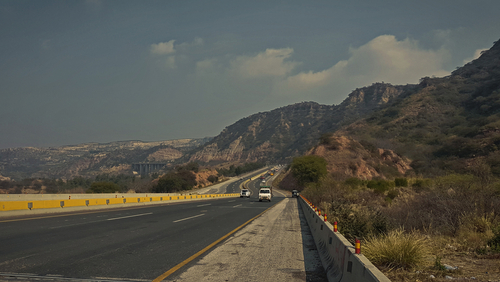August means the monsoon is at its peak. With regular heavy rains, it’s common to face regular urban flooding in the streets and main roads. Especially if you’re from Karachi, you’re more likely to face urban floods on the main roads and streets.
Urban flooding can wreak havoc on both two-wheelers and four-wheelers. If your vehicle’s engine unfortunately takes in water through the air filter or spark plug area, it will stall. We’ve previously covered what car owners should do in such situations, but now it’s time for motorcycle owners to know what steps to take if their bike’s engine gets stalled due to urban flooding.
How does a motorcycle engine stall due to urban flooding?
When water enters the combustion chamber, it disrupts the fuel-burning process and causes the vehicle to stall. There are two primary ways water can infiltrate the engine’s combustion chamber:
First, through the air filter, and second, through the spark plug area. If the water level on the road rises above the exhaust port of the silencer, the engine may suck in water through the exhaust due to back pressure.
For CD70 and Pridor users, the spark plug is positioned lower on the engine. This means that even if the water level isn’t particularly high, there’s still a significant risk that water can enter the chamber through the spark plug side.
For other bikes like the CG, YBR, GS, GR, GD, and CB, the spark plug is positioned on the top side, reducing the chance of water entering the chamber through the plug side.
What damage does water do to your motorcycle engine?
In most cases, this won’t cause serious harm; it might just keep your engine from starting for a few hours. We say ‘most cases’ because there are rare instances where water can cause more severe damage, like damaging the piston or cracking the connecting rod. However, there’s no need to worry—this is highly unlikely. Your engine will typically stall before any permanent damage occurs.
How to repair a hydro-locked engine
As the name suggests, a hydro-locked engine is stalled due to water and doesn’t start.
First of all, don’t try to start the engine! There’s something called the combustion ratio, which is the ideal balance of fuel and air that enters the chamber for combustion. If water gets into the chamber, this ratio is thrown off, which can place immense stress on the piston and connecting rod, causing them to break or bend.
Here’s a DIY guide to fixing the hydro-locked engine:
- Remove the spark plug
- Now, there’s no spark plug, and combustion is not possible
- Put the bike in neutral
- If you have kick start engine, give it 3-5 kicks
- In self-start engines, give 3-5 selfs for 1-2 seconds each
- With this method, the piston moves up and down, pushing all the water out through the plug area
- Now, check if your plug is fine. If its tip is black, buy a new plug. If it’s light brown, clean it with a dish scrubber.
- Now wait for a few hours so the CDI unit and other components can dry out
- Now put the plug back in and give the engine a start
- You’re all set!
Hope this guide works for you. If the bike doesn’t start after all this process, get it to a mechanic, he knows better about engines!






